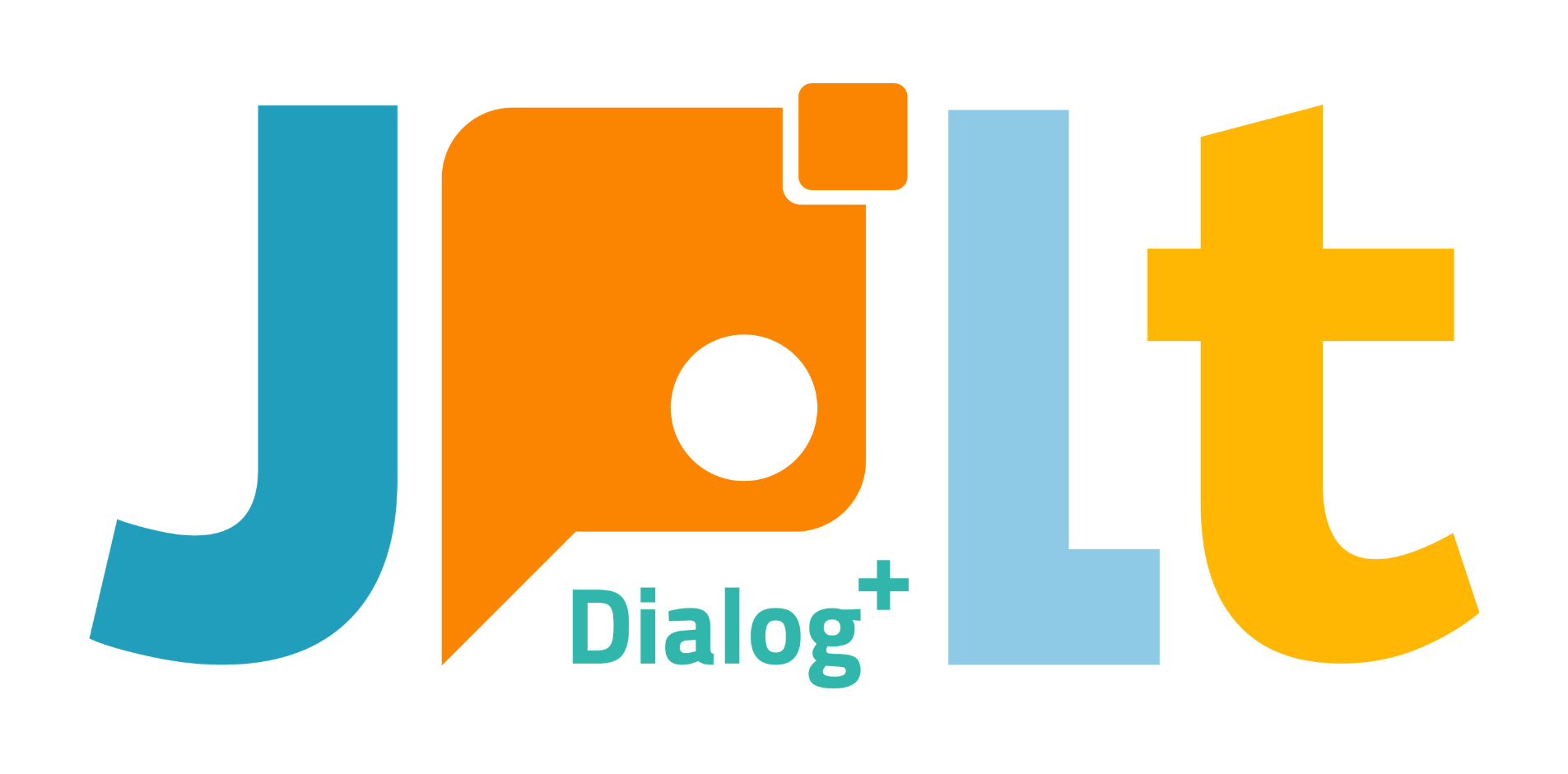How Many Times a Week Are Japanese Lessons Effective?
"How many Japanese lessons per week is more effective?" "I'm taking Japanese lessons once a week, but will I improve more if I take them twice a week?" "About how many lessons is it easy to improve my Japanese?"
Many people want to know how often they should take Japanese lessons to improve effectively and enjoyably.
How often is it effective to take Japanese lessons?
Is it easy to improve my Japanese?
Can I enjoy Japanese lessons?
In this article, Eri-san from the JPLT Online Japanese Language School will introduce the most effective frequency for taking Japanese lessons.
■ Five Reasons Why Taking Japanese Lessons 2-3 Times a Week is More Effective
1. Regular Review and Retention
Reason:
In language learning, regular review is important for memory consolidation. Repeating frequently in a short period of time makes it easier for the learned content to remain in long-term memory.
Specific Example:
By taking lessons on Mondays, Wednesdays, and Fridays, you can review a week’s worth of material over the weekend, making it harder to forget what you learned.
2. Habit Formation and Motivation Maintenance
Reason:
By creating a regular schedule, learning becomes a habit and it becomes easier to maintain motivation. By making it a habit, you will feel less resistant to learning and it will be easier to continue.
Specific Example:
By taking lessons on a fixed day every week, it is easier to coordinate with other plans and create a rhythm for learning.
3. Progress Monitoring and Feedback
Reason:
Regular lessons make it easier to check your progress and receive frequent feedback from your teacher. This makes it easier to correct the direction of your studies.
Specific Example:
By taking quizzes and submitting homework in weekly lessons, you can clarify your weaknesses and areas for improvement, allowing you to study more effectively.
4. Increased Practice Opportunities
Reason:
Language is improved by using it. With two to three lessons per week, you can practice all skills of speaking, listening, reading, and writing in a balanced way.
Specific Example:
By conducting role-plays and discussions during lessons and increasing the opportunities to actually use Japanese, you can develop realistic communication skills.
5. Maintaining Tension and Improving Concentration
Reason:
If the frequency of lessons is moderately high, you can maintain a moderate level of tension and concentrate on learning. This improves the quality of the lessons.
Specific Example:
With lessons once a week, you tend to slack off, but with lessons two to three times a week, you will be more conscious of reviewing and preparing for the next lesson, and your motivation for learning will be sustained.
■Five Tips for Improving Japanese with Once-a-Week Lessons
1. Incorporate Self-Study
Reason:
With lessons once a week, the study time is limited, so it is important to supplement with self-study. By studying on your own, you can review the content you learned in class and deepen your understanding.
Specific Example:
Practice reading and listening to Japanese a little bit every day. For example, read Japanese news articles, watch anime and movies in Japanese, listen to podcasts, etc.
2. Use Flashcards
Reason:
To increase your vocabulary, you need to review words frequently. Flash cards help you remember words efficiently.
Specific Example:
Use flashcard apps like Anki or Quizlet to regularly review new words and phrases. Study during commuting or free time for efficient learning.
3. Set Goals
Reason:
Setting specific goals makes it easier to stay motivated to study. Making a plan to achieve your goals will help you study efficiently.
Specific Example:
Aim to pass each level of the JLPT (Japanese Language Proficiency Test). Set specific learning goals, such as how many pages of the textbook to read each week or how many new words to learn per month.
4. Increase Opportunities to Use Japanese
Reason:
Language improves when you actually use it. Consciously increase the opportunities to use Japanese in your daily life, not just one lesson per week.
Specific Example:
Find a language exchange partner and practice conversation online once a week. Participate in Japanese SNS and forums, and actively post and comment.
5. Review and Prepare for Lessons
Reason:
Reviewing and preparing for lessons will help you get the most out of your lessons. Reviewing helps you solidify what you have learned, and preparing for the next lesson will deepen your understanding.
Specific examples:
Review your notes after class and review important points. Study the topics to be covered in the next class in advance and make a list of questions and concerns.
■Summary: Recommended Frequency of 2-3 Lessons a Week for Significant Improvement!
Taking Japanese lessons 2-3 times a week is very effective for learning Japanese. Regular review helps content stick in long-term memory. A regular schedule makes learning a habit and maintains motivation.
Frequent lessons make it easier to monitor progress and receive feedback, correct the learning direction, and practice all skills evenly. Maintaining a certain level of tension improves concentration and lesson quality.
On the other hand, once-a-week lessons can also lead to improvement by incorporating self-study, using flashcards, setting goals, increasing practice opportunities, and reviewing and preparing for lessons.





